Table of Contents |
Monocrystalline solar panels are popular due to their high efficiency, durability, and long-term performance. They harness the sun’s energy and convert it into usable electricity for powering homes and businesses. This article will provide an overview of how monocrystalline solar panels work, their installation requirements, practical applications, and tips for selecting the best solar panel for your project.
What are Monocrystalline Solar Panels?
Monocrystalline solar panels are photovoltaic cells composed of a single piece of silicon. These cells contain a junction box and electrical cables, allowing them to capture energy from the sun and convert it into usable electricity. Monocrystalline solar panels are popular for their high efficiency, durability, and relatively low costs.
Monocrystalline solar cells are manufactured by slicing a single piece of silicon into thin wafers and assembling them into rectangular arrays. The cells have electrical contacts at the top and bottom and are joined to a junction box and cables to create a fully functional panel mounted on roofs or poles.
Due to their superior efficiency, monocrystalline solar panels can generate up to 20% more energy per square foot than other types of solar cells. They also need minimal upkeep and are highly durable, making them popular in residential and commercial settings.
The downside to monocrystalline solar panels is that they can be more expensive than other types. Additionally, since they are made from a single piece of silicon, their size is limited, and larger installations may require more panels and, thus, more space.
Overall, monocrystalline solar panels offer an excellent return on investment in efficiency and durability, making them a popular choice for many applications. With proper installation and maintenance, these photovoltaic cells should provide a reliable energy source for years.
Related Article: Monocrystalline VS Polycrystalline Solar PV Modules
How do Monocrystalline Solar Panels Work?
Monocrystalline solar panels transform sunlight into electrical energy using monocrystalline silicon cells, which are the most effective type of solar cell. These cells are produced by cutting a single silicon crystal into thin wafers.
When the sun’s rays fall on the solar panel, the photons in the light connect with the silicon atoms in the solar cell, causing electrons to break free from their atoms. These electrons circulate through the cell and are gathered by a wire circuit. This flow of electrons generates an electrical current that can power electrical devices or be stored in a battery for later use.
The efficiency of monocrystalline solar panels is due to the purity of the silicon used in their manufacture. Monocrystalline silicon has a more uniform structure than other silicon types, allowing for better electron flow through the solar cell. This results in a higher power output per square foot of solar panel compared to other types of solar panels.
Monocrystalline Solar Panels vs Polycrystalline Solar Panels
Solar cells come in different types, with monocrystalline and polycrystalline being two of the most popular. Although both can produce electricity, they differ in their performance. Monocrystalline cells contain one silicon crystal, while polycrystalline cells have several smaller crystals.
Monocrystalline solar cells are more efficient than polycrystalline cells due to their uniform crystalline structure and ability to facilitate a higher level of electron flow. Moreover, monocrystalline panels are more robust and resistant to temperature fluctuations, making them a preferred choice for extended periods of use.
The downside to monocrystalline solar cells is that they can be more expensive than polycrystalline cells. Also, since the cells are made from a single piece of silicon, their size is limited, and larger installations may require more panels and space.
Polycrystalline solar cells have their advantages. They are generally cheaper than monocrystalline cells and can be used in areas with limited space as they come in smaller sizes. Polycrystalline solar cells are also easier to produce, allowing them to be mass-produced more efficiently.
The choice between monocrystalline or polycrystalline solar cells depends on the project and budget. Monocrystalline solar panels are more efficient and durable but may be more expensive, whereas polycrystalline cells are cheaper but less efficient. Careful consideration should be taken when deciding which cell type is best for your project.
Installation and Maintenance of Monocrystalline Solar
Monocrystalline solar panels are relatively easy to install as they come pre-assembled. The panel should be securely mounted and angled towards the sun to maximize energy production. It is important to ensure that the area around the panels is free from shade or obstructions that can block sunlight from reaching them.
The maintenance required for monocrystalline solar panels is minimal, as they are designed to be durable and resistant to the elements. Cleaning the panels regularly with warm water and a soft cloth will help them perform at optimal levels. However, it is important not to use any abrasive cleaners as these can damage the delicate cells.
Examples of Monocrystalline Solar Panel Applications
Monocrystalline solar panels are used in various applications. Some common examples include residential and commercial rooftop solar arrays, portable solar generators for camping and off-grid living, and industrial-scale energy production for factories or farms. They can also power water pumps, telecommunications systems, navigation gear, and more.
Choosing the Ideal Solar Panel for Your Project
Choosing the right solar panel for your project requires careful consideration. Each type has its advantages and disadvantages. Monocrystalline solar panels have a higher efficiency rate than polycrystalline, but they also tend to be more expensive. Additionally, they require more space than polycrystalline panels, as the cells are larger. On the other hand, polycrystalline solar panels are a bit cheaper and tend to be easier to install due to their smaller cells and lighter weight.
In terms of efficiency and performance, monocrystalline solar panels are often preferred over polycrystalline since they can absorb more sunlight since the cells are cut from a single crystal, creating a higher efficiency rate. Monocrystalline solar panels are more resilient in extreme conditions and have longer lifespans than their polycrystalline counterparts.
Conclusion
Monocrystalline solar panels and polycrystalline solar cells are two popular options for generating electricity from the sun. Monocrystalline solar panels offer high efficiency and are typically more expensive than polycrystalline panels. Polycrystalline solar cells are less efficient but offer a lower price point, making them a great choice for those on a budget. Ultimately, deciding between monocrystalline and polycrystalline solar panels depends on your needs and preferences.
At Chint Global, we specialize in providing customers with solar panel solutions tailored to their individual needs. Whether you’re looking for a monocrystalline or polycrystalline option, we will help you find the best product to meet your energy needs. Contact us today to learn more about how our solar products can save money and increase energy efficiency.




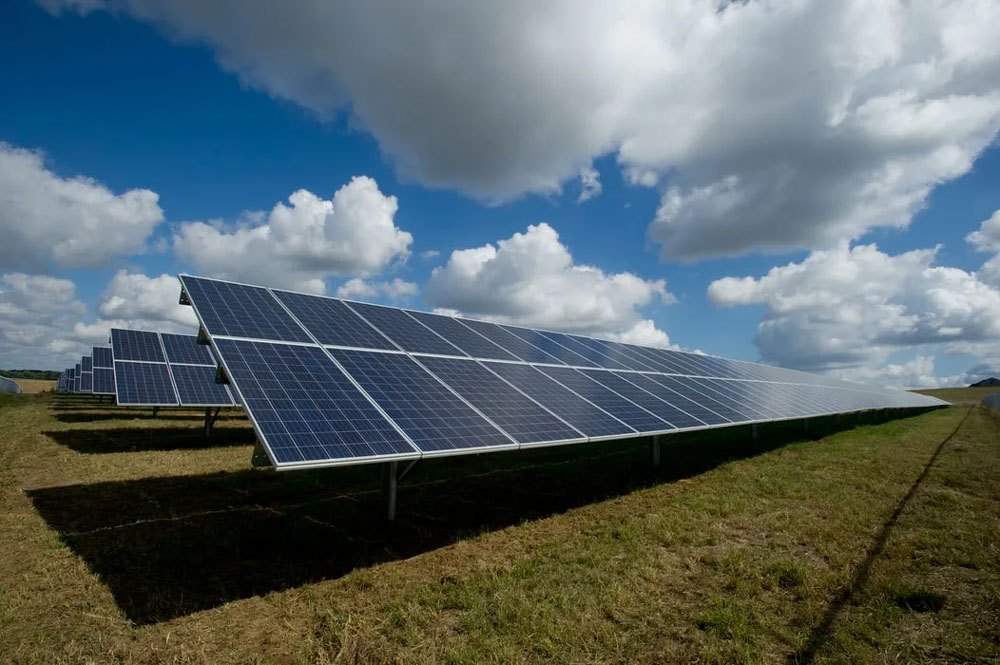
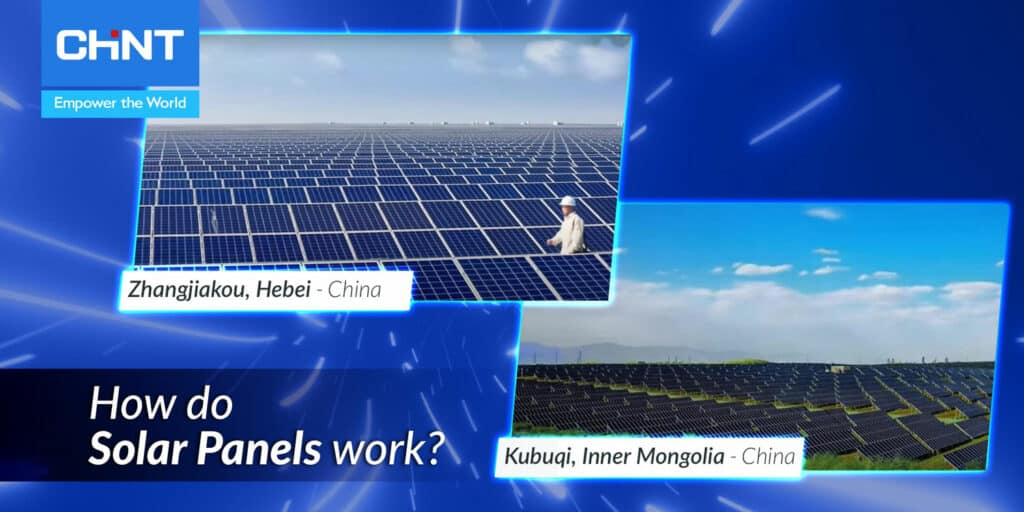
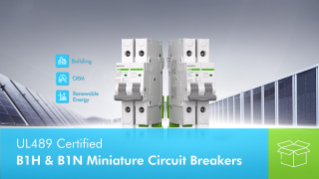
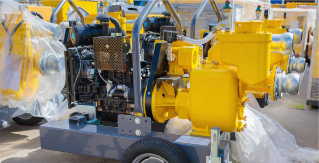
.png)
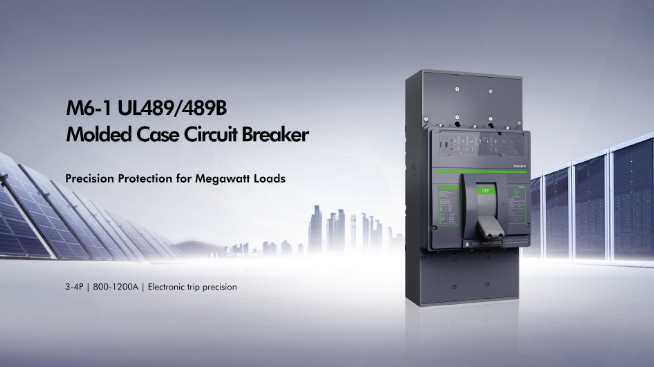



.png)
.png)
